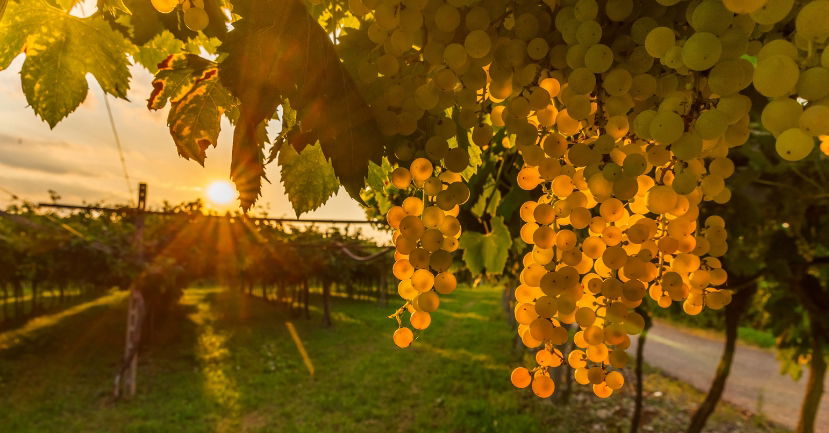BLOG
Trebiano
When you think of Italy’s vast array of wine grapes, which one comes to mind as the most difficult to study? Maybe Nebbiolo, for its seemingly endless site-specific details? Or Sangiovese, simply because there is so much of it, in so many different forms? I would posit that Trebbiano is perhaps the most perplexing. For one, Trebbiano grapes appear in vineyards across the Italian peninsula. In the case of Trebbiano Toscano and Trebbiano Romagnolo, they are among the most widely planted white wine grapes in Italy. The potential for variability is astounding.
Grapes for Vin Santo Drying in the Vinsantaia One of the most characteristic wines of Toscana is Vin Santo. This passito is an ancient and traditional specialty produced throughout the entire region. Its origin dates back to the Middle Ages, but the prototype for this style of wine can be traced back to the Greeks and the Romans. Most Vin Santo is made from white grapes, typically Trebbiano Toscano and Malvasia Bianca Lunga. It can be made from just one of these grapes but is more commonly a blend of the two. Trebbiano provides acidity while Malvasia provides body, texture and perfume. A rare, pink Vin Santo called Vin Santo Occhio di Pernice (“partridge eye”) is made from red grapes, usually Sangiovese. Only a few producers make this pink version.


